Tanzania is in many ways a natural extension of Kenya. The Serengeti-Masai Mara Ecosystems (supporting the most diverse migration of grazing mammals on earth) stretches over 24,000km² of land with the Serengeti in Tanzania in the south and the Masai Mara in Kenya to the north.
Tanzania includes the spice islands of Zanzibar, Pemba, and Mafia and contains Africa’s highest point—Kilimanjaro, at 5,895 meters (19,340 feet).
- Tanzania is the largest country in East Africa and is just over twice the size of California
- There are over 120 languages are spoken, with English and Swahili being the official languages
- Africa blackwood trees (Mpingo trees) provide the most expensive hardwood in the world
- Home to Mount Kilimanjaro; the highest free-standing mountain in the world
- The largest crab in the world, the coconut crab, can be found in Zanzibar
- More than a quarter of both Kenya and Tanzania is protected through National Parks, nature reserves and protected areas
- Kenya and Tanzania have the greatest numbers of wild large mammals on earth



A quaint town on the Southern slopes of Mount Meru in the lush coffee growing highlands of Northern Tanzania, Arusha is known as the safari hub of Tanzania Northern safari circuit. The famous Northern Circuit includes the Serengeti National Park, Kilimanjaro National Park, Ngorongoro Conservation Area, Arusha National Park, Lake Manyara National Park and Tarangire National Park.
Discover the ‘bean-to-cup’ process on a Coffee Tour Estate where you roast, grind and taste your own coffee or experience the sights, sounds and smells of the local Tengeru Market. Arusha is the centre of the Tanzanite trade; a highly sought-after purple-blue gem found only in Northern Tanzania.
Designated by the Maasai people, Randilen is a community wildlife management area of 327 km², which extends organically from Tarangire National Park's north-eastern boundary and adheres to strict ecological principles that benefit both wildlife and the community. In the dry season between July and October, wildlife is concentrated around a few water sources, particularly the Tarangire River Valley. Wildlife moves into the surrounding hills during the green season, which comes alive with lushness, flowering blooms, epic skies, and exuberant wildlife. Aside from elephant and buffalo, species most likely to be seen are giraffe, zebra, wildebeest, waterbuck, bushbuck, impala, lesser kudu, eland and warthog. Among the predators are lion and leopard, as well as jackals and mongoose.
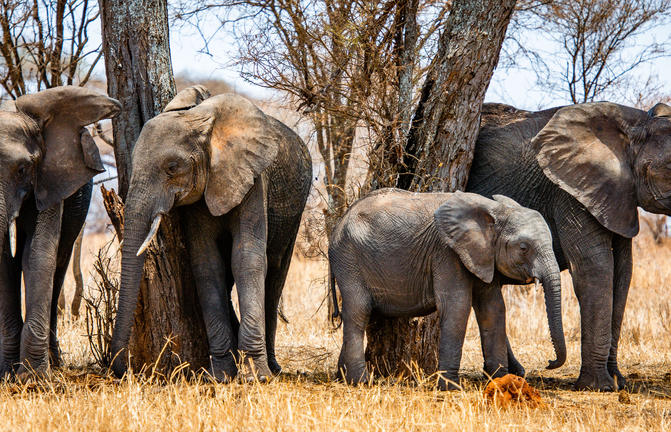
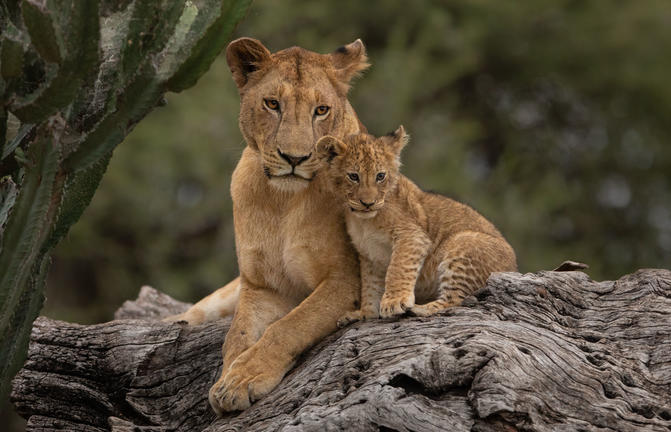
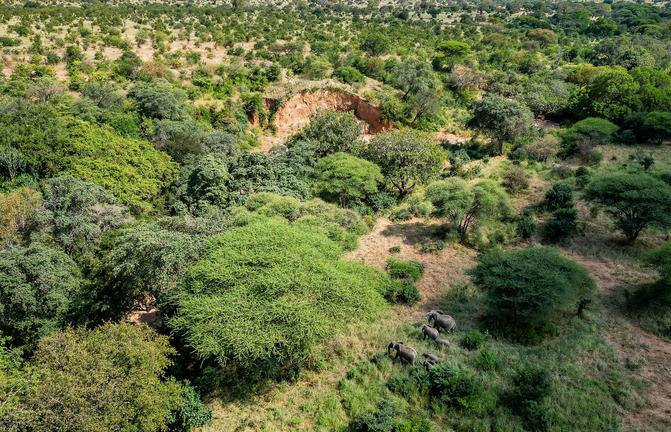
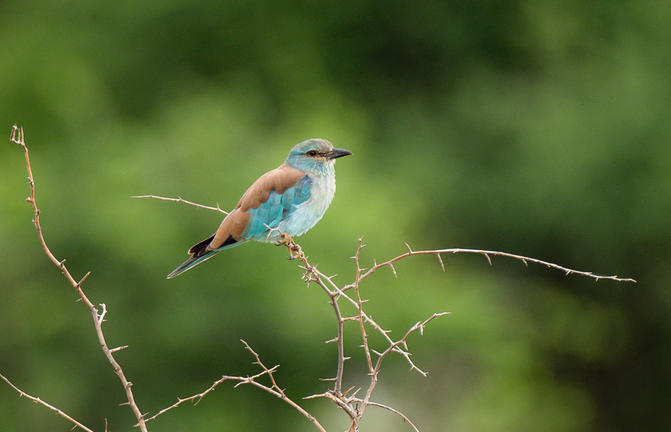
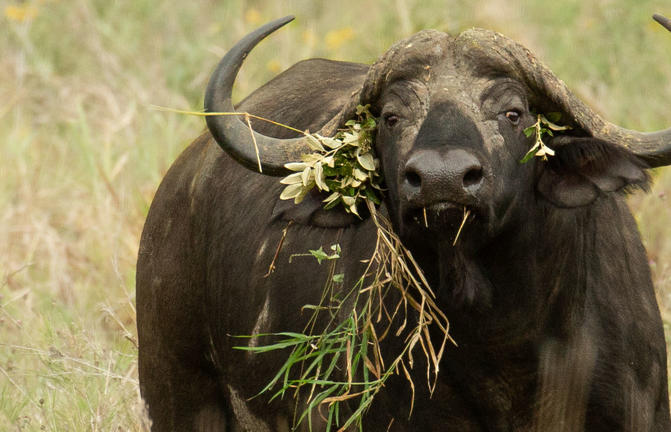
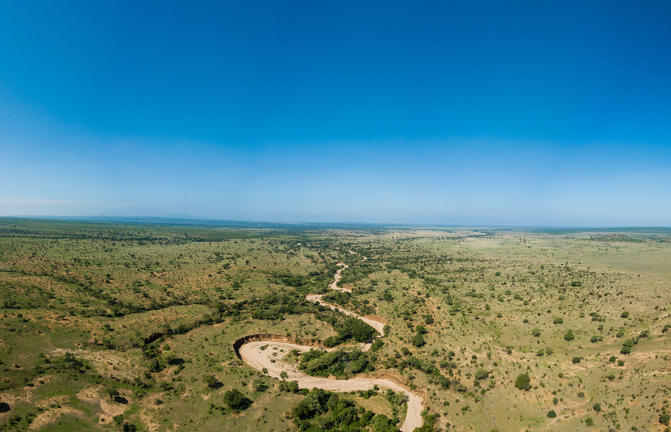
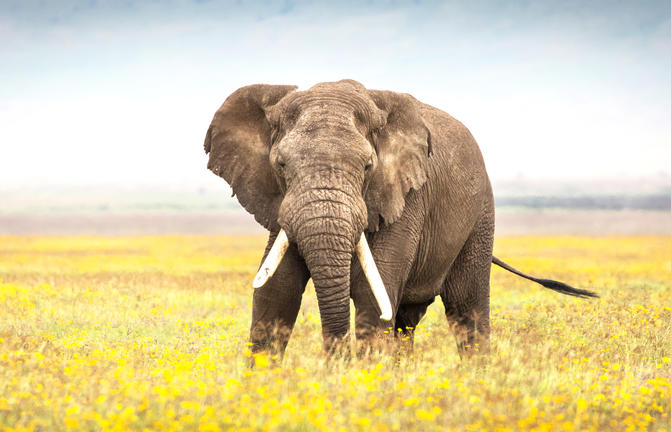
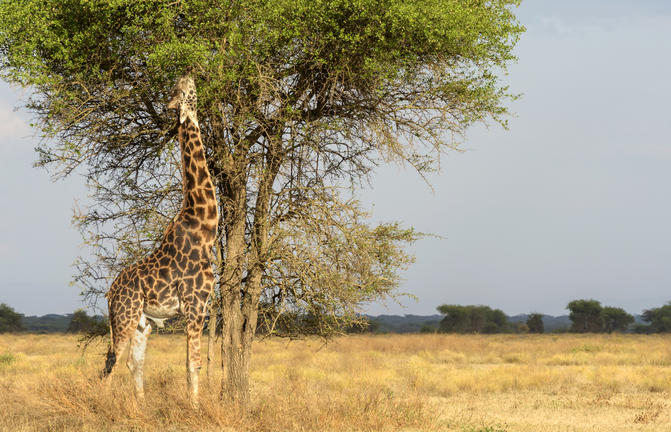
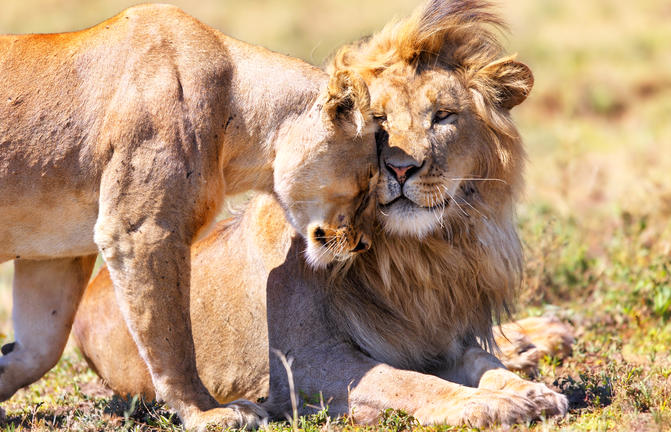
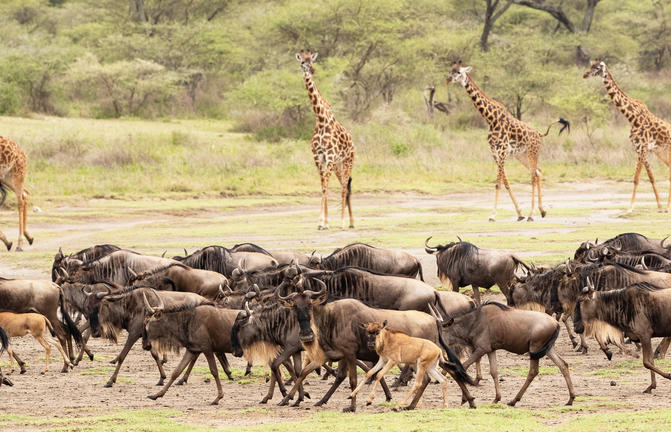
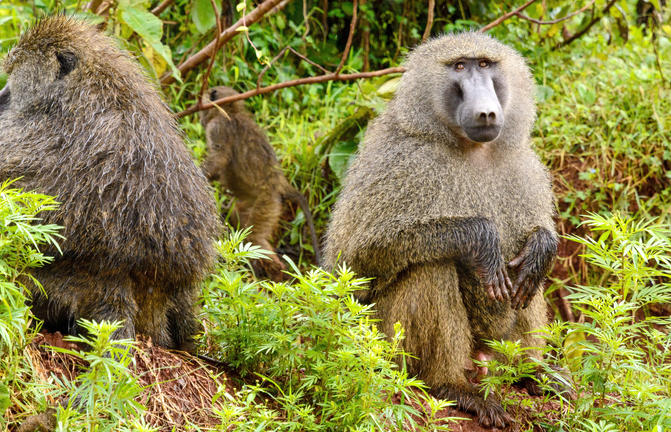
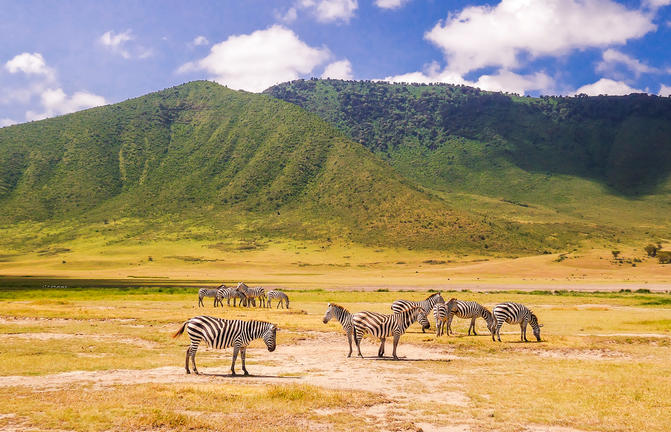
Travellers heading for the Serengeti and Ngorongoro Crater will inevitably pass through the town of Karatu in the green hills of Tanzania’s northern highlands. Presided over by the towering Ol Deani Volcano, this small, colourful town serves as a popular overnight stop for visitors exploring the area’s many game parks.
The town offers a variety of activities including browsing the bustling marketplace, sampling beer at a local brewery, visiting a traditional Iraqw homestead, or taking a guided walk through the Ngorongoro Forest in search of waterfalls and elephants caves. Whether you are looking for cultural tours, hiking and biking opportunities, a chance to enjoy an authentic rural Tanzania experience, or simply a break between safari game drives, this underrated town has plenty to offer.
Tanzania’s oldest and arguably, most famous national park, Serengeti covers over 14,750 square kilometres categorised into four main areas with landscape as diverse as the wildlife that frequents them.
The Serengeti Plains, comprising of vast grassland plains in the south are host to the birthing season of the migratory wildebeest from December to May along with large populations of zebra, gazelle, hartebeest, topi, buffalo and waterbuck. Granite outcrops, known as ‘Kopjes’ dot the landscape providing refuge for animals as well as a vantage point for predators.







